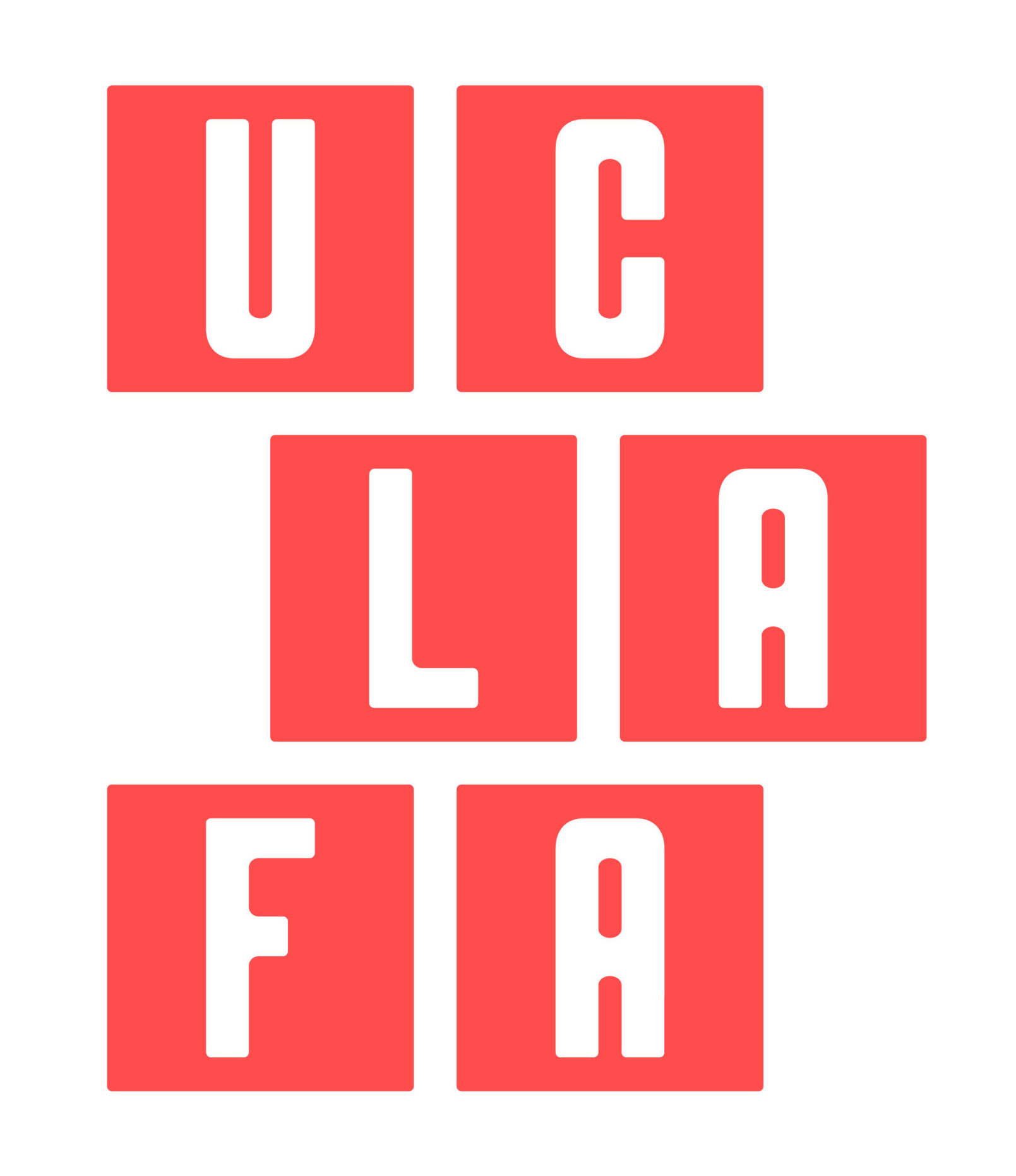Op Ed on Michigan Model in New York State


Prof. Shane White of UCFW forwarded the op ed below to me from the NY Times. It indicates something like the “Michigan Model” is at the center of a state budget debate in New York.
——————–
Stop Raiding the Ivory Tower
By PETER D. SALINS
Published: July 27, 2010
Stony Brook, N.Y.
IT is not a disagreement about expenditures or taxes that is preventing the New York State Legislature from passing a 2011 budget. No, it is a piece of legislation called the Public Higher Education Empowerment and Innovation Act, which has the enthusiastic backing of Gov. David Paterson and grudging approval from the State Senate, but is bitterly opposed by the Assembly and its speaker, Sheldon Silver.
This bill would allow the state’s two public university systems, the City University of New York and the State University of New York, to set their own tuition rates and give them the freedom to raise additional revenue to compensate for the $840 million in budget cuts the state has imposed on them over the last three years. Such a move is long overdue, especially considering that most of the money for SUNY and CUNY no longer comes from state taxpayers.
Look at SUNY’s budget: out of a total annual system-wide expenditure of $11 billion, only $3.5 billion is from the state. The other 68 percent comes from students, research foundations, generous donors and clients of the university’s health centers and other facilities. The CUNY proportions are comparable. As a top SUNY financial official recently told me, New York is “only a minority shareholder” in its public universities.
However, state legislators treat all of this non-taxpayer money as if it were theirs to collect and disburse. Despite cutting the universities’ budgets, lawmakers have raised tuition — by $620 for the 2009-2010 semesters, and again by $100 for the coming school year — and then kept about 90 percent of the resulting revenues. They even want to control how the universities spend some of their outside grants and donations.
The higher education act would allow both CUNY and SUNY to set their tuition levels without the Legislature’s approval and keep all the resulting revenue, accept and retain all money from research grants and philanthropic gifts, more easily enter into contracts with private vendors and enterprise partners, streamline hospital operations, fast-track campus construction and lease parts of their campuses to other parties for academically appropriate purposes.
These new freedoms would be hemmed in by restrictions to maintain student affordability, prevent financial abuses and safeguard the universities’ primary academic missions. Tuition increases would be kept below the Higher Education Price Index, the most widely used gauge of national college cost inflation; all expenditures and contracts would still be subject to stringent state accounting rules; and land leases and contracts would be overseen by newly established state boards, just to mention a few of the bill’s many constraints.
These ideas are not new. During the 1980s, when Clifton Wharton was the chancellor of SUNY and Mario Cuomo was governor, a commission appointed by the SUNY trustees advocated something quite similar. In the years since, the SUNY board has repeatedly pleaded for a “rational tuition policy” t
hat would end the tendency of the Legislature to keep tuition frozen during economic good times when parents might be able to afford increases, only to impose substantial increases during recessions, as happened this year.
Given this history, it is surprising and heartening that the public higher education act has even gotten this far. But there could be no better time: Beyond the immediate benefits for CUNY’s and SUNY’s students and managers, this legislation could help resuscitate the state’s moribund economy. After all, the education of more than 700,000 degree-earning students on 87 campuses contributes tens of billions of dollars a year to the state economy. What’s more, research at the state universities has long played a vital role in New York’s high technology industries.
The M.R.I. was invented at SUNY’s Downstate Medical Center. The bar code reader was developed at SUNY Stony Brook. SUNY Albany’s College of Nanoscale Science and Engineering is working on a new generation of computer chips. SUNY Buffalo’s growing life sciences center is a major engine of the local economy, which is why Buffalo’s Democratic state senator, William Stachowski, won’t sign on to a budget deal without the public higher education act.
The Assembly’s opposition, ostensibly out of concern for student affordability, is both misplaced and insincere. It is misplaced because New York’s Tuition Assistance Program underwrites, on a sliding scale tied to their level of need, low-income students’ tuition burden. And it is insincere because the state has not, over the long term, kept tuition levels below the higher education price index. As we’ve seen, not only does the Legislature increase tuition in huge leaps at the most economically inopportune times, it then retains the tuition revenue to offset losses in general tax receipts.
At the same time, the governor’s endorsement of this bill may rest as much on fiscal necessity as on its merits. CUNY and SUNY are among the few state entities whose budgets are not held hostage by politically powerful interest groups like unionized health care workers and teachers, so giving the schools the ability to raise their tuition as needed would make it easier for the state to significantly reduce its contributions to them. Whatever his motive, however, the governor is right and the Assembly is wrong.
Unless CUNY and SUNY can count on stable and predictable revenues, and have the flexibility to use them effectively to assure a high quality of instruction and research, these great universities will slowly wither, taking the state’s economy along with them.
Peter D. Salins, a former provost of the State University of New York, is a professor of political science at the State University at Stony Brook.
